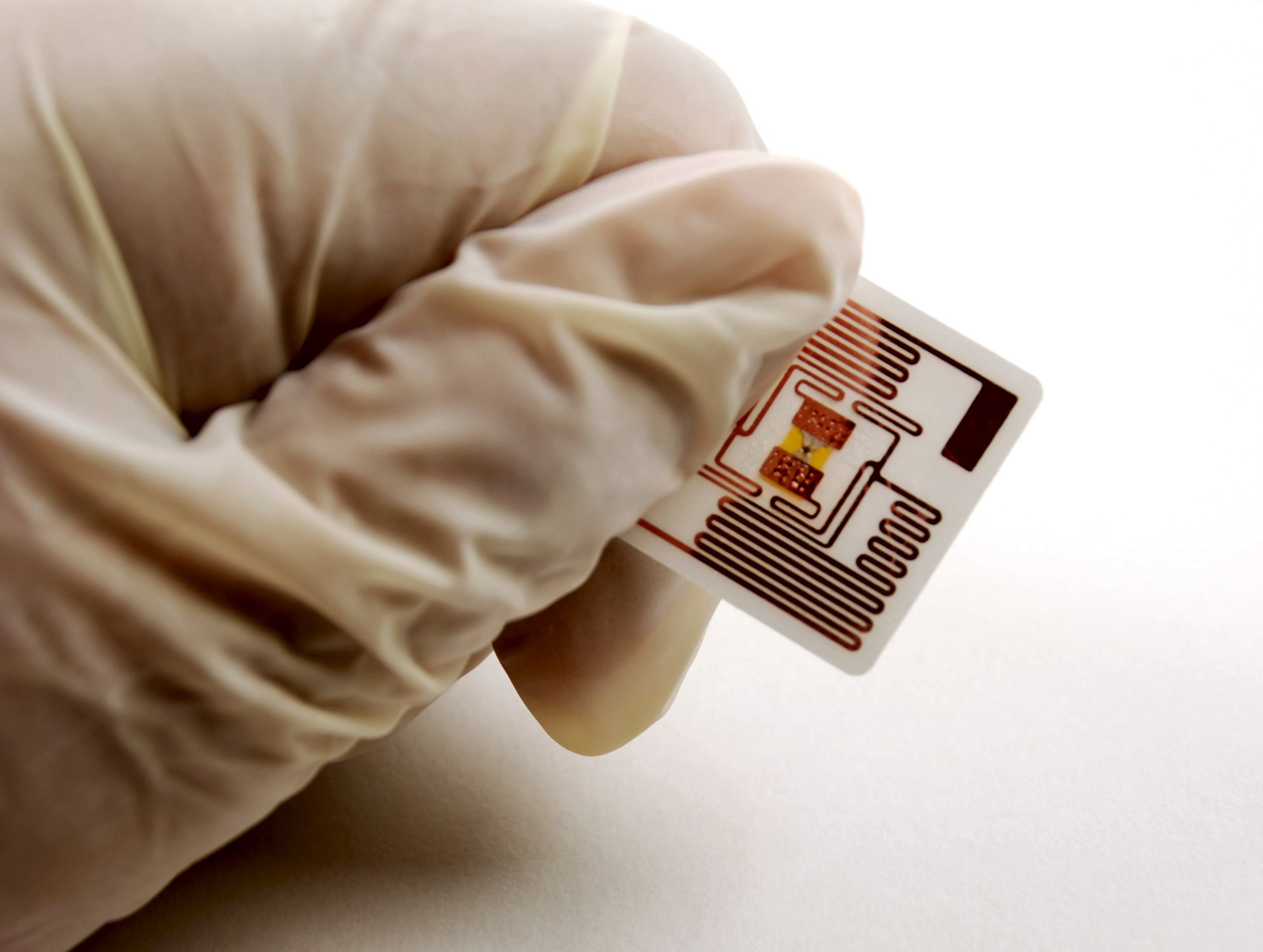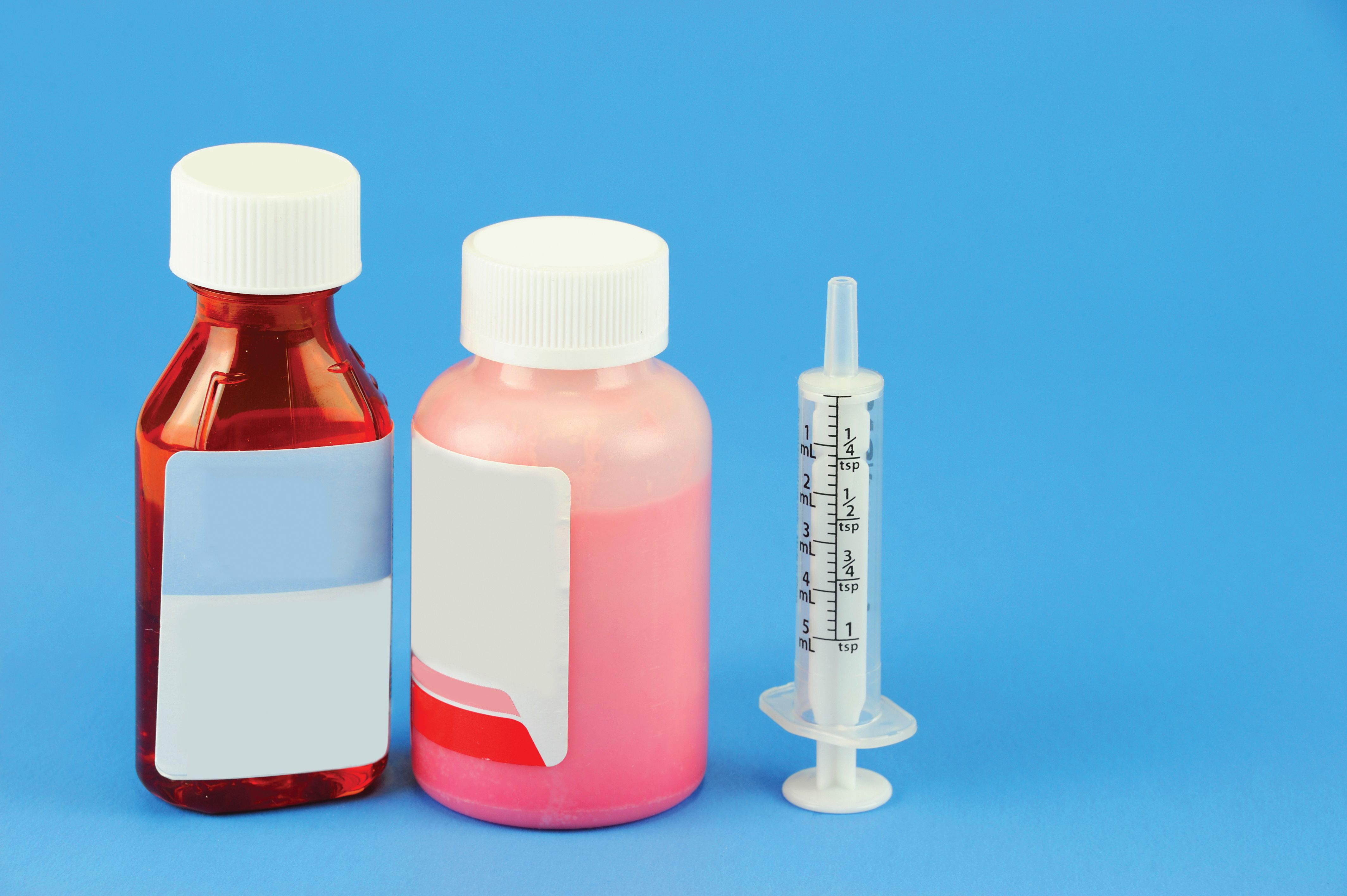Publication
Article
Pharmaceutical Technology
Process Analytical Technology: Real-Time Reliability
Author(s):
To implement process analytical technology systems into the current information technology landscape, manufacturers will need to adopt continuously available systems and infrastructures.
Although the pharmaceutical industry has pioneered information technology as a research and development tool, it has consistently lagged behind other industries in using technology to automate and streamline manufacturing processes. Although in some cases, massive investments in drug discovery technology have yielded successful new products, inefficient production processes have prevented companies from meeting market demands quickly and cost effectively.

As the US Food and Drug Administration's Center for Drug Evaluation and Research has observed, "While Americans have the highest quality of drugs in the world, the process used to produce them can be expensive and wasteful" (1). Government and industry initiatives addressing this problem attribute much of that inefficiency to limited automation and point to manual recordkeeping and information collection as major contributors leading to the industry's poor manufacturing-efficiency record. Meanwhile, the pharmaceutical industry accepts equipment use rates that hover below 40%, a figure no other major industry tolerates, and batch quality failures range from 5 to 15%. With batches worth as much as $1 million apiece, these failures add up to significant loses. By comparison, the semiconductor market, which dealt with similar process problems 25 years ago, currently maintains waste well below 1%.
The industry's manufacturing inefficiency is a result of three factors:
- poor process understanding and control, which causes lower yields and production delays as a result of subsequent quality control procedures;
- inefficient, voluminous, paper-based production workflow, which produces very slow set up, production, verification, and so forth;
- the chronic uncertainty of demand in the consumer market.
These factors are a recipe for supply-chain inefficiency that has yielded average inventory turns of 3–5 versus 50 for worldclass manufacturers in other industries. The pharmaceutical industry's evolving economics won't allow companies to continue in this vein. Consumers already are balking at the high cost of pharmaceuticals. Neither they nor government regulators are likely to stand for steadily increasing prices caused by manufacturing inefficiency. Markets are becoming more competitive, forcing companies into a new production paradigm that demands greater agility than today's model can provide. In addition, companies need more products in the market and higher profit margins on each product. That requires a production paradigm based on smaller batches produced in less time.
FDA identifies process analytical technology (PAT) as the best means for improving pharmaceutical industry production processes. FDA defines PAT as "a system for designing, analyzing, and controlling manufacturing through timely measurements (i.e., during processing) of critical quality and performance attributes of raw and in-process materials and processes with the goal of ensuring final product quality" (2). In other words, PAT is a form of in-line quality control that allows small, real-time adjustments to be made to a batch to maintain its quality and keep its expected process completion on schedule.
PAT is a parallel effort to the longer-established electronic batch record (EBR) movement, which focuses on using one or more network-based computer systems to replace paper batch records. In the same way that PAT makes production more efficient than the typical postprocess quality inspection, EBR makes regulatory compliance more efficient by consolidating and organizing data that companies once had to manage manually with paper. PAT systems themselves produce critical electronic batch records.
PAT and EBR both require highly reliable point-of-production data collection and data processing. The EBR system cannot have any breaks in the regulatory record chain or the batch in question must be discarded. PAT requires manufacturers to record process data as well as the adjustments that are made to ensure batches viability. PAT and EBR applications must operate in a continuous manner to electronic record gaps that reduce their value-add to virtually nothing. Without combined continuous availability of computer, network, and storage systems, PAT systems could be less useful than manual processes.
Although forward-thinking companies are considering adaptation of PAT and EBR systems, most are unaware of how heavily these systems depend on continuously available information system infrastructures. This article examines the current pharmaceutical IT landscape, including how PAT fits into the picture and how a continuously available infrastructure is the mandatory foundation of a PAT implementation.
PAT's foundations in pharma IT
A PAT system consists of sensors networked to computer systems that run analytical applications for processing raw data into real-time knowledge about a batch. PAT systems can have their own sensor arrays or they may import data from existing production-line controllers.
Many of the building blocks for PAT systems already exist in pharmaceutical IT infrastructures or companies are developing them as part of EBR deployments. Production-line controllers, computerized data historians, for example, are used widely to collect production line–level data. Many companies already are using PAT systems to manage and monitor specific steps within their production processes. PAT systems enable technicians to monitor the batch's condition constantly, rather than periodically by means of manual tests. Technicians use a PAT system's knowledge to modify batches in real-time to prevent spoilage and serious delays. For example, sensors on the production line feed a steady stream of pH readings into a mathematical PAT model. The PAT system detects a significant drop in the batch's acidity and notifies a technician in real time. The technician corrects the problem and most likely saves the batch from spoiling. More automated systems are making their way into production facilities, where adjustments to the process are done automatically.
Delays in the overall production process are just as much of a problem for pharmaceutical companies wanting to switch to a more flexible model of quickly moving smaller batches through production. PAT systems and other data-collection technologies deployed as spot solutions don't help companies' overall production throughput. Although PAT-enabled steps of the production process may be more efficient, the production line as a whole may not. For example, the automotive and semiconductor industries have been using PAT-like technology (SPC, advance process control, etc.) since the 1970s, but these industries didn't see overall production throughput improvements because such implementations focused on specific operations rather than whole production-line throughput.
A locally deployed PAT system reacts to problems on a small piece of the production line, but it doesn't help the company trace the source of problems. In the pH-monitoring scenario described previously, leveraging the PAT system's knowledge of process parameters while making required adjustments upstream ("feedback") and downstream ("feed-forward") in the production process can not only increase batch-process efficiency but also provide less drop-out in postbatch or secondary manufacturing operations. Using this information throughout the production environment requires an information system that can span the production site. Without a system providing constant feedback to production dispatching, for example, batches could be started with inherent raw material or processing problems.
Ultra-high reliability options
Companies that opt to implement PAT systems and link them to an end-to-end production management system require a continuously available data networking infrastructure in which every component—including servers, data storage, and applications—has been "hardened" to prevent crashes, unacceptable performance, and so forth, or to provide tolerance to such conditions. Conventional computer system network infrastructures haven't been specifically designed for such situations and, therefore, do not provide the reliability that pharmaceutical production demands.
In most industries, information systems that run 97–98% of the time deliver excellent performance. In the pharmaceutical industry, a PAT implementation that's down 2–3% of the time creates huge monetary losses, disrupts supply to the market (leading to lost revenue), and noncompliance risks. Every failure is a potential for a break in the regulatory record chain, a breakdown in the production schedule, or a trashed batch that may be worth millions of dollars in active pharmaceutical ingredients facilities. Without uninterrupted operation, PAT solutions will not pay off as a cost-effective, risk-based approach to manufacturing efficiency. Therefore, the IT infrastructure that supports these applications must exceed standard corporate benchmarks of reliability, availability, and uptime.
There are many IT product and service vendors that tout phrases such as "high availability," "high reliability," and "continuous availability" for their products and services, but few of them provide high availability (99.999% or better uptime). Server clusters are a good example. Clusters are the most commonly cited high reliability solutions. In clusters, pairs of servers linked by clustering software operate as a primary and as a backup. If the primary server fails, the software shifts the processing load to the backup server.
The various clustering technologies suffer from common weaknesses: complexity, cost, and unproven reliability. To meet pharmaceutical manufacturing's quality and regulatory requirements, each computer system requires laborious, proper change control and validation. Clustering software requires duplicate control records and custom scripting, which must satisfy on-going operational qualification demands to test the cluster's functionality, in addition to the relatively simple installation qualification and maintenance necessary for typical hardware components such as storage systems and network devices. Clusters require two servers, which increases management and cost. Clusters run on enterprise-class versions of operating systems instead of relatively inexpensive versions. The costs of additional compliance activities (e.g., operational qualification) add up quickly. Finally, a cluster is a custom-configured set of computer systems (hardware and software), not one that a company can plug in and run, and configuration is expensive and time consuming.
Aware of the challenges associated with clusters, pharmaceutical companies have begun exploring fault-tolerant servers that are essentially two servers operating in lockstep inside a single chassis. Until recently, fault-tolerant computers have been available only in the realm of "big iron"—highly funded corporate data centers that have the budgets and staff to run large legacy systems. In the past few years, however, the market has seen an emergence of cost-effective fault-tolerant computers that run the commercially available operating systems used in pharmaceutical manufacturing. Such infrastructure components can be purchased off the shelf with built-in, factory-tested, high availability capability. Like their network and storage counterparts, they only require installation qualification, which significantly simplifies validation and maintenance. Furthermore, only one version of the operating system is required. Some low-end versions even run the less-expensive server operating system configurations (as opposed to the enterprise versions). This form of fault tolerance is ideally suited for the regulatory, cost, and management burdens of pharmaceutical manufacturing.
Whether it's clusters or fault-tolerant computers, however, vendors who define availability in terms of a single network element are only addressing part of the continuous availability problem space. True continuous availability of a networked computing environment extends beyond the computer system. It requires looking at the server, network, storage, and database environment as a whole. The concept of creating a "continuously available" infrastructure does not begin and end with a single component but treats the entire flow of information across these components as a potential problem—including the software applications and supporting software components. It is critically important to leverage fault-tolerant hardware in an infrastructure on the basis of appropriate risk evaluation. It is just as important, however to monitor the performance of the entire plant IT environment to prevent failures and to manage the lifecycle (evaluation and change control of patches, appropriate validation processes, etc.) of hardware and software components to ensure the integrity of the infrastructure.
PAT's potential
PAT systems, supported by continuously available network infrastructures, have an enormous potential upside for pharmaceutical companies. Assuming that a single drug at one site generates $1 billion in revenue, even a one percent improvement in yield is significant. Across the industry, a one percent improvement could save at least $400 million annually, according to a 2004 FDA Science Board meeting presentation (3). As a component of broader initiatives to improve pharmaceutical production (e.g., Six Sigma and quality management systems), PAT can be beneficial and even more extensive.
FDA's efforts to develop a regulatory framework for PAT will drop any compliance fears of PAT adoption. Advances in sensor technology will improve front-line data collection, enabling companies to monitor an ever-growing set of parameters that contribute to product quality. PAT application logic and mathematical modeling already are mature from years of development for spot applications in pharmaceuticals and other industries. The remaining crucial component is a continuously available IT infrastructure to unify these elements. In addition, to gain the speed, efficiency, and constancy that computerization offers, companies must use systems they can trust to collect, process, and distribute data in a constant upstream–downstream flow. Such systems are commonly referred to as manufacturing execution systems and can take the point-process improvements of PAT and leverage them into an overall production quality and throughput engine. PAT is a first important step, but to meet the small batch, higher product diversity needs that are making their way into pharmaceutical company business plans, it must be part of a total quality and throughput agenda.
Dave Femia is the director of the life science practice at Stratus Technologies 111 Powdermill Road, Maynard, MA. 01754, tel. 978.461.7000, dave.femia@stratus.com
Reference
1. Food and Drug Administration, CDER 2001 Report to the Nation: Improving Public Health Through Human Drugs (FDA, Rockville, MD, 2001), http://www.fda.gov/cder/reports/rtn/2001/rtn2001.htm.
2. FDA, PAT — A Framework for Innovative Pharmaceutical Development, Manufacturing, and Quality Assurance (FDA, Rockville, MD, 2004), http://www.fda.gov/cder/guidance/6419fnl.htm.
3. Continuous Quality Assurance for Improved Business & Process Performance in Pharmaceuticals (Proceedings) (International Quality and Productivity Center, London, UK, July 1, 2005).
Newsletter
Get the essential updates shaping the future of pharma manufacturing and compliance—subscribe today to Pharmaceutical Technology and never miss a breakthrough.






